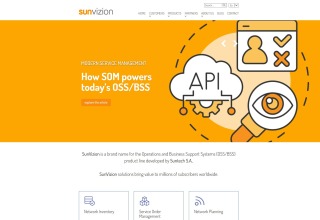Today, every delivery run you make carries risk, especially on busy city streets where one mistake can cost lives and livelihoods, not just yours. That’s why, if you manage or ride for a delivery team, you need to make safety the end goal every day, and here’s how you can make it a daily win.
- Nail your onboarding road safety training
With reports showing fatalities in driver/sales workers’ vehicle accidents as an increasing scenario, you may need to treat your new couriers’ or e-bike riders’ onboarding training as more than a checkbox for admin. You have to craft a more personalized module that covers urban-delivery risks, especially with pedestrian zones, reverse parking, and tight streets to go through every day.
- Smart route planning to lower exposure
Actually, you’re not just sending someone out—you’re sending someone into traffic and all its likely chaos. That’s why you need to map and choose routes that avoid high-collision zones (busy intersections, streets with poor lighting, lots of door-opening cars) for your team.
Today, some delivery firms are already using tech-savvy en-route safety apps and routing tools to help you reduce the amount of street time, especially in high-risk areas. These can be quite helpful to ascertain your fleet’s safety, reducing the likelihood of a crash and its costs to your business.
- Enforce visibility standards for gear and lighting
When your rider is on a bike or e-bike at dusk in locations like Harlem or Manhattan, you want them to stand out—not just function, to avoid them getting bumped or sideswiped. Some gear, like high-visibility jackets, reflective tape on the bike, front and rear lights, and other tools, can be quite essential.
That’s why, when your delivery guy meets an accident or is hit by a motor vehicle while walking, you and your crew can easily point out the defense of being fully visible. You and your competent legal team can then interpose that you exercised due diligence and responsibility as fleet operator.
- Schedule regular bike/e-bike maintenance
Whether your drivers or delivery guys use bikes, e-bikes, or small vans, gear checks matter all the time. When brakes, tires, lights, or steering are in top condition, failures are less likely to lead to emergency manoeuvres or loss of control on the road. That’s why, even if routine maintenance isn’t glamorous, it can prevent the type of reactive crash that costs big (medical bills, insurance, downtime, reputation).
- Weather protocols and low-risk decision making
You and your team will face rain, wind, snow (depending on your region), or early nightfall around the clock, just to meet your work’s demands. That’s why adopting insightful and formal protocols, like slowing down in wet conditions, rescheduling deliveries when visibility is very low, and deferring non-urgent jobs in extreme weather, can be more than helpful.
- Curb-side pickup & loading/unloading rules
Often, accidents happen not when in transit, but when loading/unloading or walking through very narrow alleyways. Also, vehicular dooring, parked van blind spots, and “jumping off” a bike to deliver at the curb can cause mishaps.
This is why you need to set rules: always park in designated safe zones, turn off your engine, engage hazard lights, and use the sidewalk side when unloading. That way, you or your team avoid getting exposed to risks of getting bumped or run over.
- Incident-reporting playbook followed by root-cause review
Even with precautions, things happen and expose you to more hassle. You need to establish a simple playbook your rider can use right away: stop, document (photos, time, location), report, review route/training; then you or your safety manager do some root cause sessions. With reliable matrices and analyses, you identify patterns and issues in each route and help you become more proactive, not just reactive.
Bottom Line
In your line of work, safety isn’t just a rule—it’s your team’s edge and gain. That’s why investing in smarter routes, visibility, maintenance, and accountability helps you protect people, not just profits. Making every delivery safe for your people and goods helps you strengthen your reputation and your community of patrons.





















